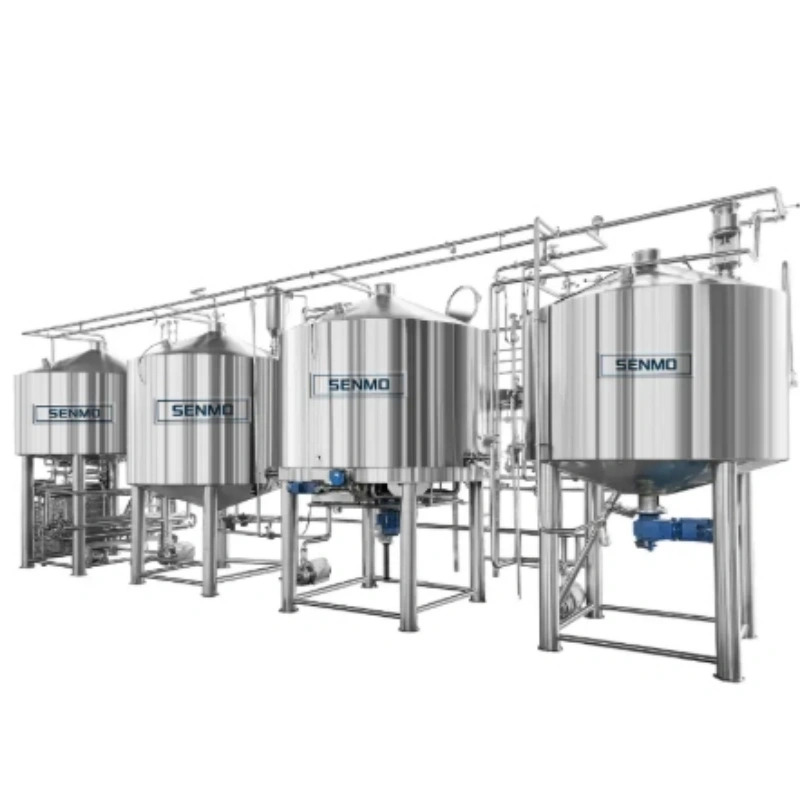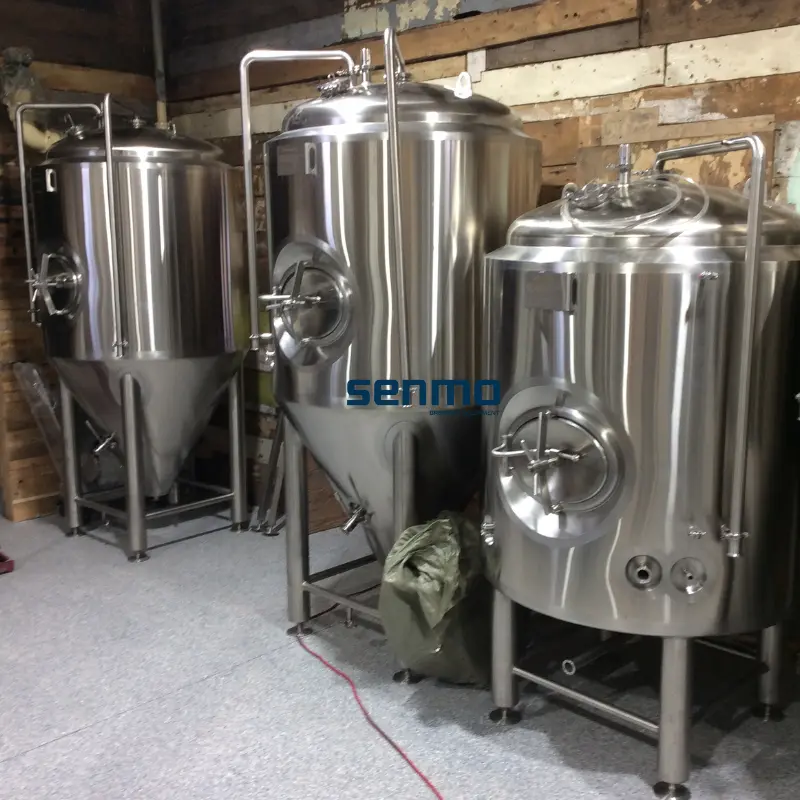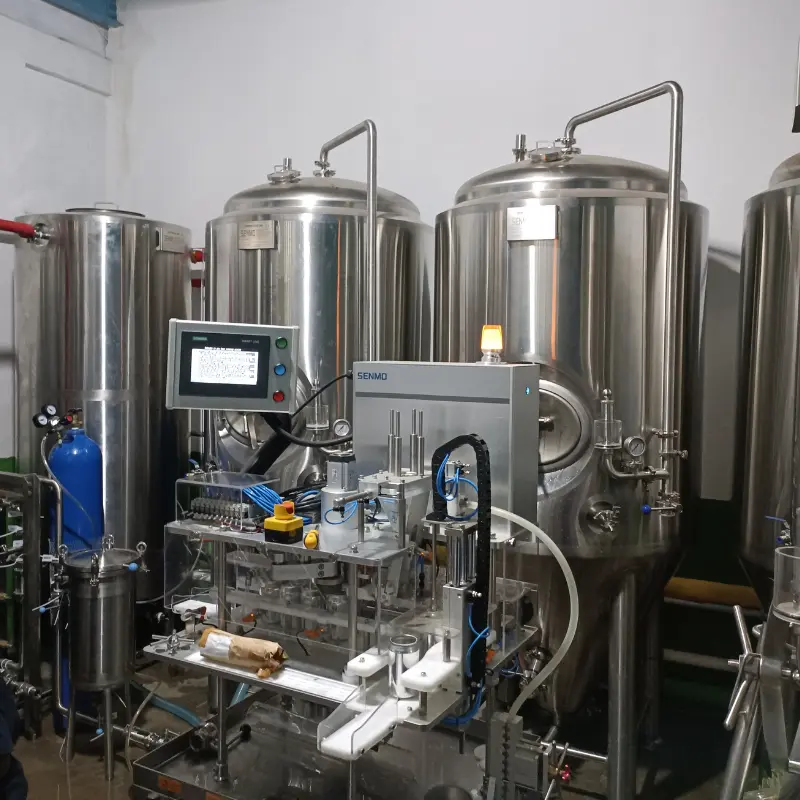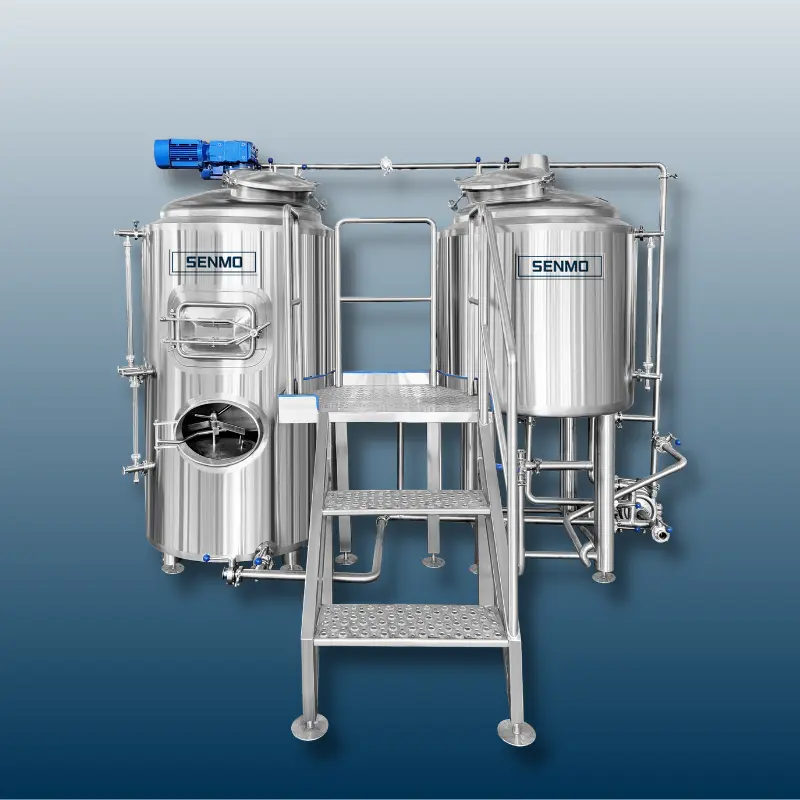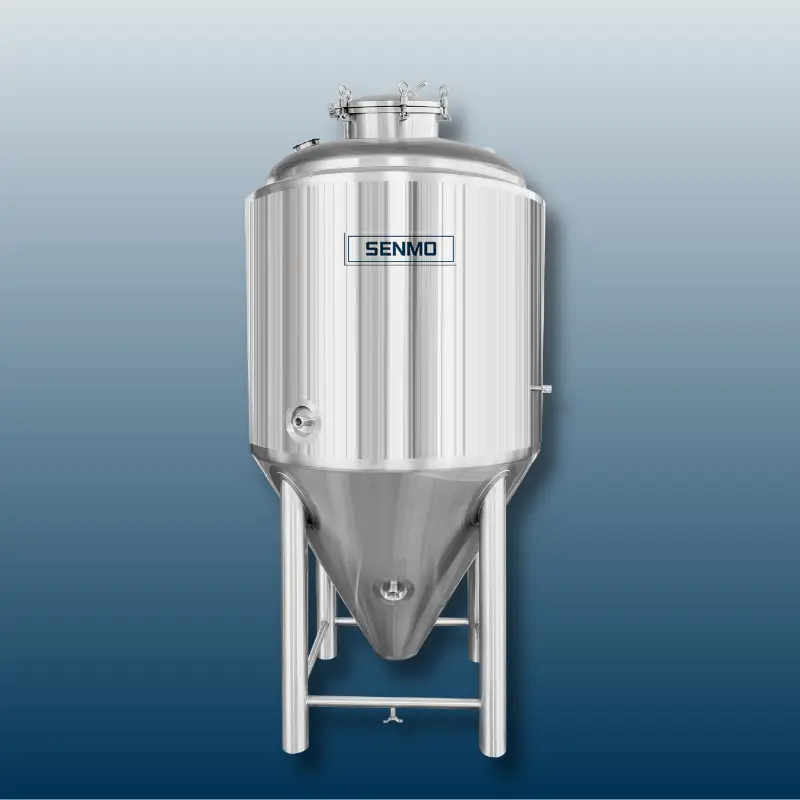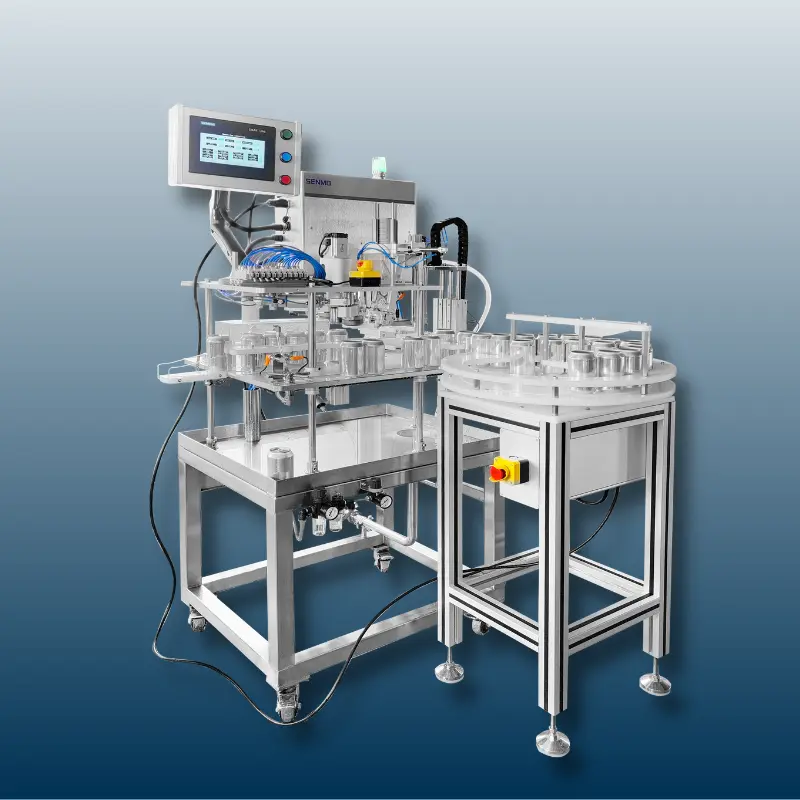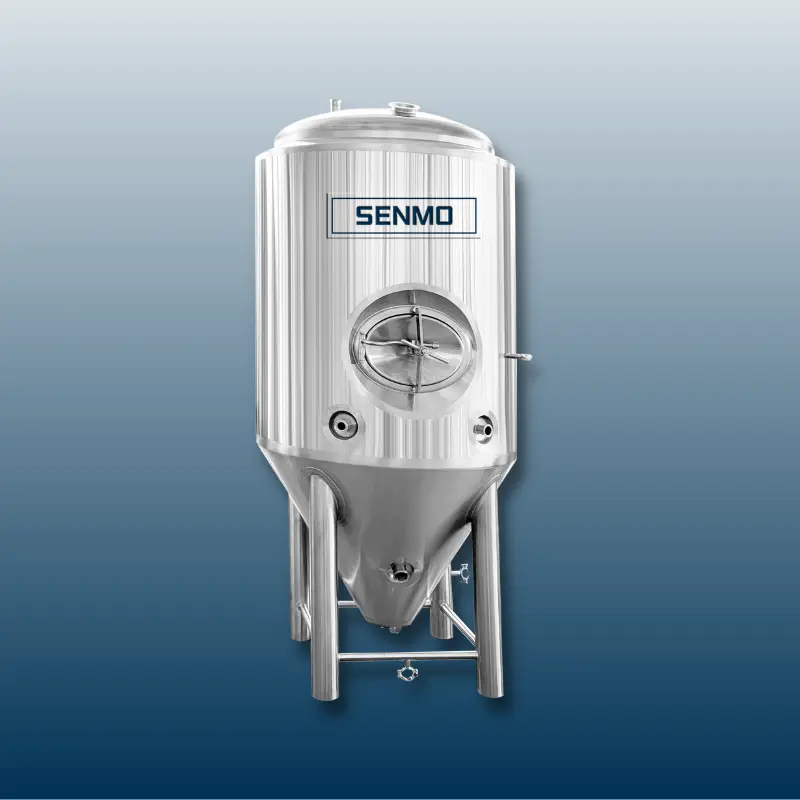The craft and commercial beer industry continues to grow, driving demand for industrial beer brewing equipment. Whether you're opening a microbrewery or expanding a large-scale operation, understanding the key factors that influence pricing is essential for budgeting and maximizing ROI.
The cost of large beer brewing systems varies significantly—from tens of thousands to millions of dollars—depending on production capacity, materials, automation, and other critical elements. In this guide, we'll explore the top 10 factors affecting industrial beer brewing equipment prices, helping you make an informed purchasing decision.
1. Production Capacity (Batch Size)
One of the most significant factors affecting the price of industrial beer brewing equipment is production capacity, typically measured in barrels per batch (BBL). Larger systems require more materials, complex engineering, and higher shipping costs, making them exponentially more expensive than smaller setups.
Nano Breweries (1-7 BBL): Ideal for startups, these compact systems cost 50,000–50,000–150,000, offering flexibility but limited output.
Microbreweries (7-30 BBL): Mid-range systems (150,000–150,000–500,000) balance capacity and affordability for growing businesses.
Regional/Large Breweries (30-100+ BBL): Designed for mass production, these industrial systems (500,000–500,000–2M+) feature advanced automation and high-volume efficiency.
For example, a 10-BBL brewhouse may cost 200,000∗∗,whilea∗∗50−BBLsystem∗∗couldexceed∗∗200,000∗∗,whilea∗∗50−BBLsystem∗∗couldexceed∗∗800,000 due to larger tanks, stronger supports, and more sophisticated controls. Breweries must carefully assess long-term demand before investing—scaling up later often costs more than buying the right size initially.
2. Material Quality (Stainless Steel Grade)
The grade of stainless steel used in industrial beer brewing equipment significantly impacts durability, corrosion resistance, and overall cost. The two most common types are 304 and 316 stainless steel, each with distinct properties:
304 Stainless Steel (AISI 304):
Contains 18% chromium and 8% nickel
Cost-effective (20-30% cheaper than 316)
Resists general corrosion but may degrade with prolonged exposure to harsh chemicals (e.g., chlorine-based cleaners)
Best for: Smaller breweries, budget-conscious buyers, and equipment with minimal acidic exposure
316 Stainless Steel (AISI 316):
Contains 16% chromium, 10% nickel, and 2% molybdenum (enhances corrosion resistance)
More expensive (30-50% higher cost than 304)
Withstands harsh cleaning agents, salt, and acidic environments (ideal for CIP systems and coastal breweries)
Best for: Large-scale breweries, high-alcohol beers, and facilities prioritizing long-term durability
Pricing & Long-Term Value
While 316 stainless steel costs more upfront, it extends equipment lifespan and reduces maintenance expenses. Breweries using aggressive sanitizers or operating in humid climates should invest in 316-grade tanks to prevent pitting and rust. For standard operations, 304 steel remains a reliable, budget-friendly choice.
3. Automation & Technology Level
The level of automation in industrial beer brewing equipment significantly impacts both efficiency and pricing, with systems generally falling into three categories:
Manual Systems
Basic, labor-intensive operation
Lowest upfront cost (30-50% cheaper than automated setups)
Requires constant monitoring of temperatures, pressures, and transfers
Best for: Small breweries with limited budgets
Semi-Automated Systems
Partial digital controls (e.g., automated pumps, basic timers)
20-40% more expensive than manual systems
Reduces human error while keeping costs manageable
Best for: Growing breweries needing better consistency
Fully Automated (PLC-Controlled) Systems
Programmable Logic Controller (PLC) manages entire brewing process
Touchscreen interfaces, self-cleaning (CIP), and precision sensors
Doubles or triples the cost of manual systems
Best for: Large breweries prioritizing efficiency, repeatability, and labor savings
Why Automation Increases Costs
Advanced features like PLC programming, flow meters, and automated valves add 50,000–50,000–200,000+ to the price. However, they reduce labor costs, minimize errors, and improve batch consistency—making them a worthwhile investment for high-volume production.
4. Brand & Manufacturer Reputation
The choice between premium brands (GEA, Alfa Laval, BrauKon) and budget industrial beer brewing equipment manufacturers significantly impacts price, reliability, and long-term value.
Premium Brands
20-50% more expensive
Higher-quality materials and engineering
Comprehensive warranties (2-5 years) and global after-sales support
Budget Manufacturers
Lower upfront cost (30-40% savings)
Potential quality risks and limited technical support
Shorter or no warranties
While established brands justify their higher prices with durability and service, smaller breweries may opt for budget options—if they accept potential trade-offs in longevity and support.
5. Customization & Additional Features
Custom-designed industrial beer brewing equipment and specialized features can significantly increase equipment costs while improving functionality:
Custom Tank Configurations
Unique shapes/sizes add 15-30% to base prices
Example: Conical vs. horizontal fermenters may vary by 5,000–5,000–20,000
Critical Add-Ons
CIP (Clean-in-Place) Systems: 10,000–10,000–50,000+ (reduces labor but requires plumbing integration)
Glycol Cooling Jackets: 5,000–5,000–30,000 (essential for temperature control)
Pressure-Rated Tanks: 20–40% premium for carbonation/serving versatility
While these upgrades raise initial investment, they enhance efficiency, product quality, and scalability. Breweries should prioritize features aligned with their production goals and workflow.
6. New vs. Used Brewing Equipment
Choosing between new and second-hand industrial beer brewing equipment involves trade-offs in cost, reliability, and longevity:
Used Equipment (Pros & Cons)
✔ Cost Savings (30–60% cheaper than new)
✔ Faster setup (immediate availability)
✖ Hidden wear (seals, heating elements may need replacement)
✖ Outdated tech (may lack modern efficiency/safety features)
✖ Limited/no warranty (potential high repair costs)
New Equipment Advantages
✔ Latest technology (energy-efficient, automated)
✔ Full manufacturer warranty (typically 2–5 years)
✔ Longer lifespan (20+ years with proper maintenance)
Best for: Startups with tight budgets may risk used gear, while scaling breweries benefit from new systems' reliability and support.
7. Energy Efficiency & Sustainability Features
Modern breweries face growing pressure to reduce environmental impact while cutting operational costs. Energy-efficient industrial beer brewing equipment typically carries a 15-25% premium upfront but delivers significant long-term savings:
Heat Recovery Systems capture wasted thermal energy (saving 20-30% on heating costs)
High-Efficiency Boilers reduce fuel consumption by 15-40%
Low-Water CIP Systems decrease water usage by 50%+
While sustainable features increase initial investment (adding 20,000–20,000–100,000+ to system costs), they often pay for themselves within 2-5 years through lower utility bills. Breweries pursuing sustainability certifications (e.g., LEED) may also qualify for tax incentives, further improving ROI.
8. Shipping & Installation Costs
Final industrial beer brewing equipment prices can vary significantly based on logistics and setup requirements:
Local Suppliers
Lower freight costs (5-10% of equipment value)
Faster delivery and easier communication
International Imports
Adds 15-30% for shipping, tariffs, and customs
Longer lead times (6-12+ weeks)
Potential hidden fees (port charges, storage)
Installation Expenses
Professional assembly: 5,000–5,000–50,000+
Foundation/utility modifications (often overlooked)
Tip: Always get all-inclusive quotes to avoid budget surprises.
9. Compliance & Certification Requirements
Meeting safety and quality certifications adds 10-30% to industrial beer brewing equipment costs but ensures legal operation and consumer protection:
Key Certifications:
FDA/CE (food-grade material requirements)
ASME (pressure vessel safety)
Local Health Dept. approvals
Cost Factors:
Testing/Inspections: 2,000–2,000–15,000+
Documentation/Engineering: 5,000–5,000–20,000
Regional Variations: EU breweries face stricter (and costlier) CE mandates than US facilities
Non-compliance risks fines or shutdowns, making certified equipment a necessary investment.
10. Market Demand & Supply Chain Factors
External economic forces significantly impact industrial beer brewing equipment pricing:
Stainless Steel Prices
Volatile market (2023 prices +25% vs. 2020)
Directly affects tank/pipe costs (40-60% of equipment)
Geopolitical Factors
US/EU tariffs on Chinese steel add 12-25%
Shipping container shortages delay deliveries
Seasonal Trends
Q1-Q2 (pre-building season) often sees 5-15% discounts
Brewery startups surge in Q3 → higher demand/prices
Pro Tip: Monitor steel indexes and order during manufacturers' offseason (Nov-Jan) for best deals.
Conclusion
Selecting the right industrial beer brewing equipment requires balancing budget, quality, and long-term operational needs. As we’ve explored, pricing is influenced by:
✔ Production scale (nano vs. commercial systems)
✔ Material grades (304 vs. 316 stainless steel)
✔ Automation level (manual vs. PLC-controlled)
✔ Brand reputation and compliance certifications
Key Purchasing Tips
Prioritize ROI – Invest in automation/energy efficiency for high-volume breweries.
Verify certifications – Ensure FDA/CE/ASME compliance to avoid penalties.
Compare suppliers – Weigh upfront costs against warranty and after-sales support.
Need Reliable, Cost-Effective Brewing Equipment?
As a leading Chinese manufacturer of industrial beer brewing systems, we offer:
✅ Custom-designed setups (5BBL–200BBL+)
✅ Certified 304/316 stainless steel construction
✅ Full automation options with competitive pricing
Contact us for a free consultation and quote!
